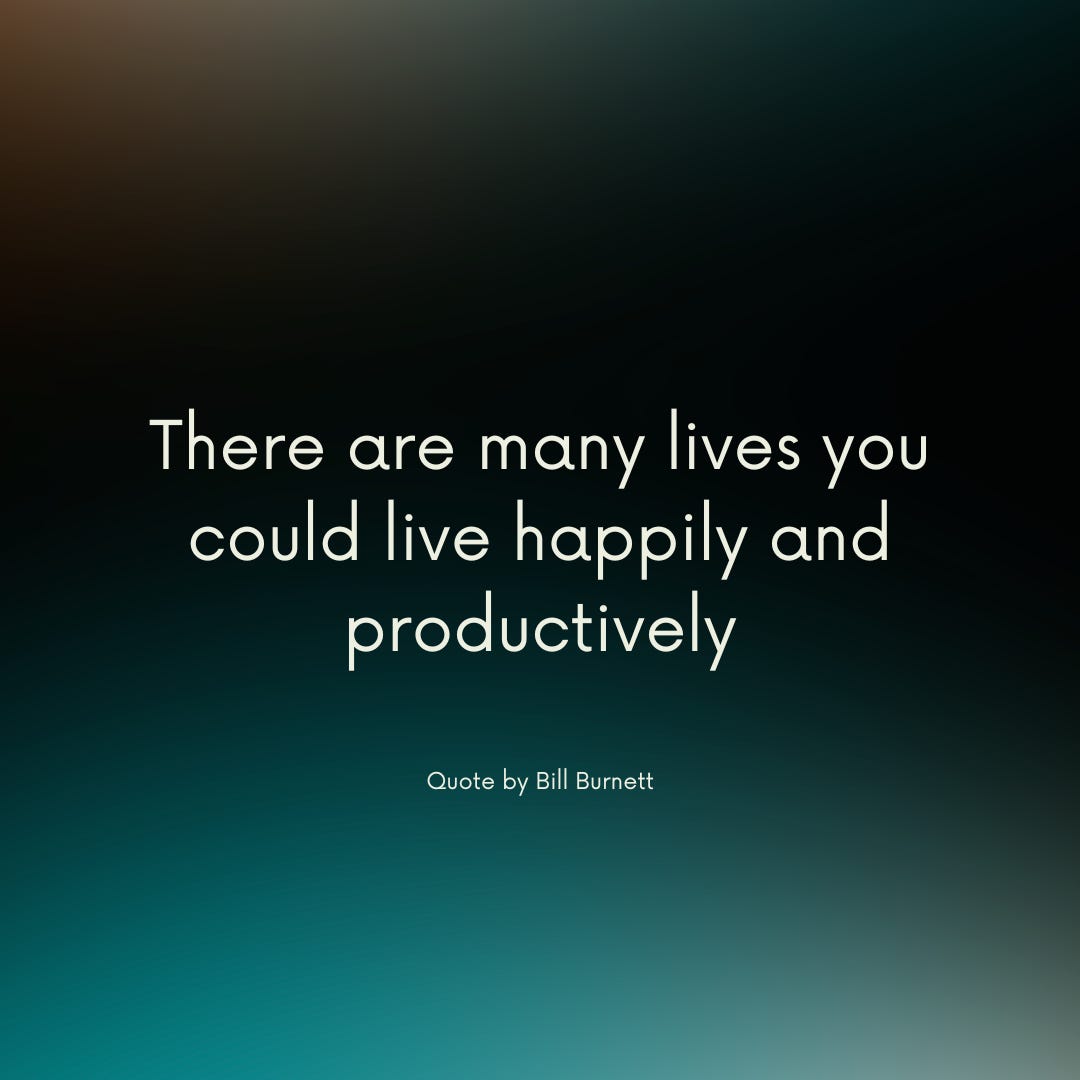Creating an Odyssey Plan in Coaching Sessions: Step-By-Step Guide for coaches
An exercise for life's transition moments
When to use Odyssey planning
Many of our coaches tell us that people often come to them in transition moments: where the big question is 'what's next?'. Odyssey Planning is designed to help people imagine the possibilities and create a sense of excitement about the future in these transition moments.
The Odyssey Plan and its origins
In 2016, two Stanford professors, Bill Burnett and Dave Evans published their book 'Designing Your Life: How to Build a Well-Lived, Joyful Life'. In this book, they take their background in Design, and describe how to apply principles and tools from the world of Design to create the best life for yourself.
We love this book because our mission at Medoo is to help everyone design and live their best lives. And we also believe that design thinking can be applied to intentionally create a life that is meaningful, joyful and fulfilling.
One of the tools they describe in their book is the Odyssey Plan. The Odyssey Plan is a written brainstorm of how your life might look like in the next five to ten years.
Here's how it works. Thinking ahead to the next five years, and focussing on all aspects of life, imagine three (or more) different versions of how your life might look like. It is not about creating a specific 'here's step 1, step 2, etc' plan. Instead, it is an ideation and visualization exercise to help prepare for the next phase of life.
Our guide on how to use Odyssey planning in coaching
1. Discuss whether Odyssey planning is a suitable exercise
Coaching is an incredibly personal experience. This is why coaching is so special and so effective in helping people grow. But it also means that exercises like Odyssey planning are not suitable for everyone.
Start by describing the Odyssey plan exercise, and discuss whether it is suitable for your coachee's unique life context. Watch out for indicators of stress or anxiety. Some amount of anxiety is normal when attempting to visualize the future. However, be wary that it doesn't overly trigger them. If it does, then take a step back and slow things down.
2. Set expectations
Odyssey planning is primarily an ideation exercise. The goal is envision the possibilities, and feel prepared to meet the future. Once this shared understanding is established with the coachee, decide on the timeline you are looking at: this is usually 5-10 years, but it can be anything that you and your coachee choose.
A typical Odyssey plan has three versions of the future, but you can choose do more or less depending on the individual circumstances. Decide how many versions you'll do before you get started.
3. Figure out the admin details
Decide whether it will be coach-guided or self-guided. If it is self-guided, make sure that the coachee has all the resources they need, and all questions are resolved.
Finally, decide where will this be recorded. Use analog or digital tools of your choice! (Tip: if you use Medoo, you can create a template for this to use with all your coachees).
4. Brainstorm & ideate
Start with the first version. Give it a descriptive title: some cool examples we've seen are 'Creative Solopreneur', 'Super Stay-at-Home Dad', 'Corporate Free Spirit'.
Covering all aspects of life (tip: use the wheel of life here to guide you, if you like), paint the picture of the first version of the future.
Use the following starter questions to help brainstorm:
What are the things I value most in my life?
Where do my priorities currently lie, and am I happy with them?
What are some things I'd like to change: about myself, my relationships, career, financial situation, health?
If I could describe the next 5-10 years in a single sentence, what would that be?
If I had no barriers at all, had all the money or resources I could ever need, then what would I want to do?
Repeat this process for each version. The key is to make each version distinct from one another. Think of them as completely different directions you could take.
Which version seems the most appealing, and why?
Parting thoughts
The point of Odyssey planning is not to chart an exact course for the future. Rather, it is to create a sense of purpose, preparation and excitement for what lies ahead.
You may find that the future doesn't turn out as you imagined after all. That's completely okay, because life is so richly textured that we can never anticipate all the twists and turns that lie ahead.
As Bill Burnett says: "No plan for your life survives first contact with reality".







As Mike Tyson once said, "Everyone has a plan until they get punched in the face"!